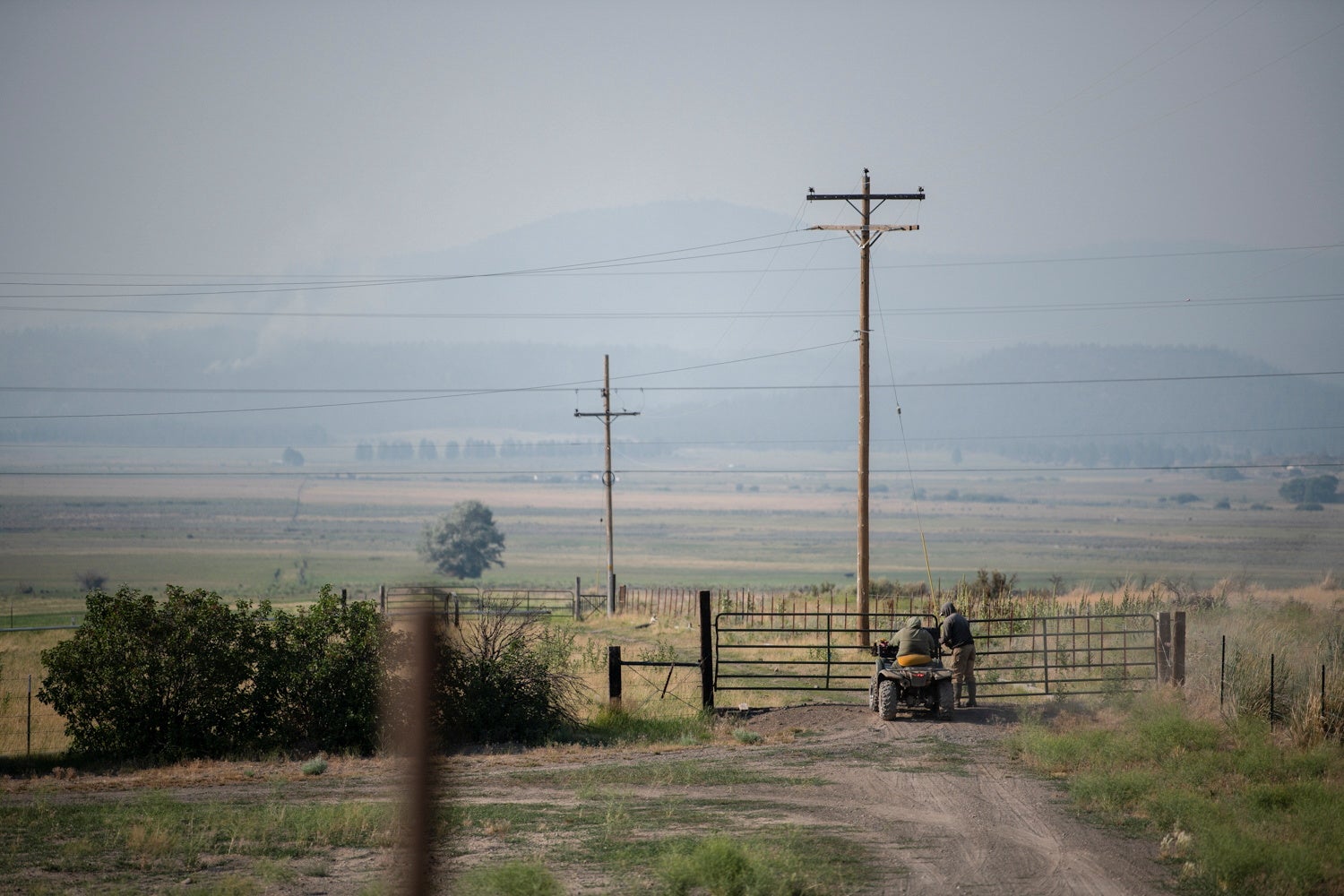Biden is protecting outdoor workers from extreme heat because businesses won’t
The US experienced a very hot summer, and the impact has had a tangible impact on labor from agriculture workers who were exposed to wildfires in the Pacific Northwest to gig workers delivering during floods on the East Coast.


The US experienced a very hot summer, and the impact has had a tangible impact on labor from agriculture workers who were exposed to wildfires in the Pacific Northwest to gig workers delivering during floods on the East Coast.
This week, the Biden administration announced this week that the Department of Labor’s Occupational Safety and Health Administration (OSHA) is drafting several measures to protect both outdoor and indoor workers from extreme heat that employers would have to follow.
In addition to developing a workplace heat standard on heat illness prevention in outdoor and indoor work settings, OSHA will set a new enforcement initiative that prioritizes heat-related interventions and workplace inspections on days when the temperature exceeds 80 degrees Fahrenheit, and form a heat work group to engage stakeholders and inform ongoing efforts related to identification, monitoring, and response to workplace heat hazards, response plans, and worker training.
Extreme heat doesn’t just impact agriculture and construction workers, but also indoor workers in manufacturing and warehouses without climate-controlled environments.
The latest data from the US Bureau of Labor Statistics shows that 43 workers died from heat illness in 2019. But heat-related injuries and illnesses often go underreported, especially, in sectors that employ vulnerable and undocumented workers.
A July study from University of California and Stanford University found that hotter temperatures “significantly increased” the likelihood of injury on the job. The study looked at claims-level injury data from the California Workers’s Compensation System between 2018 and 2018, where they linked weather data at the zip code level, as well as information on occupation and industry characteristics. The researchers found that risks are larger for men than women, for younger than older, and for those who are lower-income.
A day when the temperature was between 85 and 90 degrees Fahrenheit, the researchers found the risk of workplace injury, regardless of official cause, was 5 to 7% percent higher than days when the temperatures were in the 60s. When the temperature is above 100 degrees Fahrenheit, the risk increased 10 to 15%.
The researchers also found that hotter days have caused about 360,000 additional injuries in California during 2001 and 2018, or about 20,000 per year. For context, that is roughly 11 times the number of workplace concussions and at least 19 times the annual number of workplace injuries.
But hotter temperature also increase injuries not related directly to heat, including falling from heights or being struck by a moving vehicle, the researchers noted.
Why government is neededTK
Protecting workers from extreme heat doesn’t have to be costly.
Workplaces can simply provide shaded areas, more break times, more water, or even just training on who to talk to if they’re not feeling well that day, says Nora Pankratz, the study’s co-author and an environmental economist at UCLA Luskin Center for Innovation. The standard doesn’t necessarily have to be that every employer provides a fully air conditioned environment. In addition, costs for employers to implement interventions to protect heat stress and other related illnesses would be much less compared to expenses that result from hospitalizations and deaths of workers.
But even though the measures can be cheap to implement, they can be difficult for employers to see the costs. The challenge is that heat is underestimated as a hazard. “We have this notion of, oh, you know, it’s just a little hard, just pull it through somehow,” she says. “You know, it’s a weak thing.”
What’s more effective is policymakers implementing standards to facilitate the information. In 2005, California implemented the Heat Illness Prevention Standard, which only applies to outdoor workplaces, but the researchers found the effect of temperature on injuries fell significantly during the period studied. For instance, the effect of a day above 90 degrees Fahrenheit falls by roughly a third between 2000 and 2018, and the effect of days above 100 degrees Fahrenheit is “statistically indistinguishable” from zero after 2005.
“That’s very surprising to an economist that these measures are cheap to implement,” says Pankratz. “So to say that, then it’s really interesting to see some of that once they’re mandated, there seems to be this improvement going on, which also means that for some reason, employers weren’t really thinking about this type of protection in the absence of some sort of tangible piece of legislation.”
“I think this is also moving really fast,” she says. “Unfortunately depends a lot on the salience of these events or the changes just related to extreme heat and flooding and so on. So I think as often a catalyst too for what firms make.”